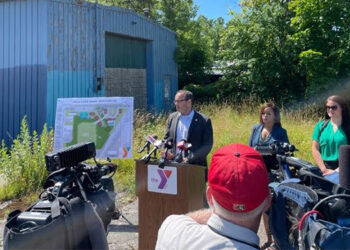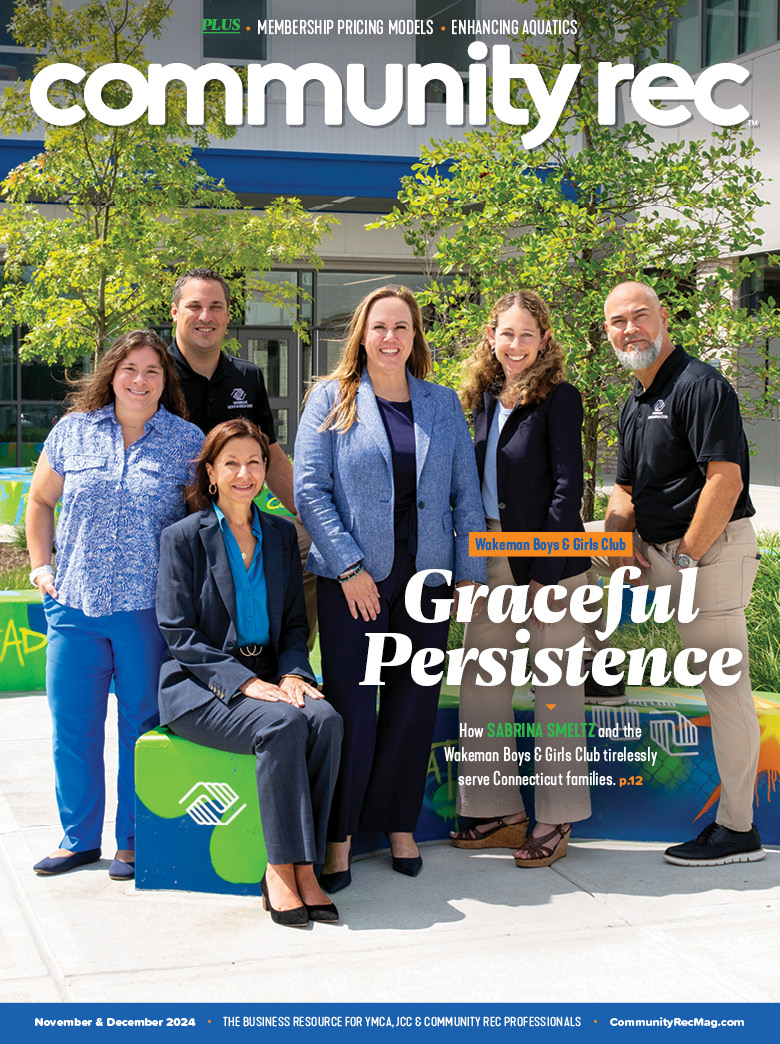Your most powerful engagement tool isn’t necessarily your fitness classes, equipment or swimming pools — it’s your member-staff relationships. More likely than not, your most engaged members keep walking through your doors because they feel valued by your staff.
Of course, classes, equipment and swimming pools are critical parts of the community recreation equation, but facilitating positive member-staff relationships goes a long way in helping members achieve a higher quality of life and building your facility’s culture.
Elsa Williams, the director of membership and engagement at the YMCA of Greater San Antonio, has found that a significant obstacle to stronger member-staff relationships is an abundance of fitness options for members, even within the same YMCA association. “As our association grows, we find that members are branching out and visiting more than just their home site,” she explained.
The San Antonio Y has also found difficulty in maintaining consistency in front desk staff at times. And while front desk staff changes aren’t that uncommon, it’s tough for members to build lasting relationships without consistency at the staff positions they interact with most.
“We have a welcome desk staffing model that tends to have a lot of turnover,” said Williams. “There are several shorter-tenured staff members who are part-time students, while others are promoted to other positions if they have decided to grow a career with our organization.”
According to Williams, encouraging personal interactions from all staff members is the first place to start in overcoming these challenges. “Our directors, coordinators, wellness professionals and other support staff have the best opportunity to build lasting relationships with our members through direct, interpersonal communication,” she said.
Simple gestures like calling a member by name, holding a door open or smiling during conversations can go a long way toward ingratiating an individual with your staff. “In knowing a name and something about an individual, staff members may then foster connections with other employees and members of the branch,” said Williams.
And once basic connections are established, staff members can continue to develop these relationships and educate them on the facility’s offerings.
“Ensuring our clientele is familiar with our programs, events and wellness-product offerings is also essential,” said Williams. “Engagement beyond membership builds habits that make belonging to the Y a way of life.”
The tighter your member-staff relationships are, the more engaged your members will be — this is the foundation of a great culture in your facility.
“Engagement and building meaningful relationships hold the keys to success,” shared Williams. “Our goal is to create an experience where members and guests feel wanted, needed, expected and even missed when they are absent.”










